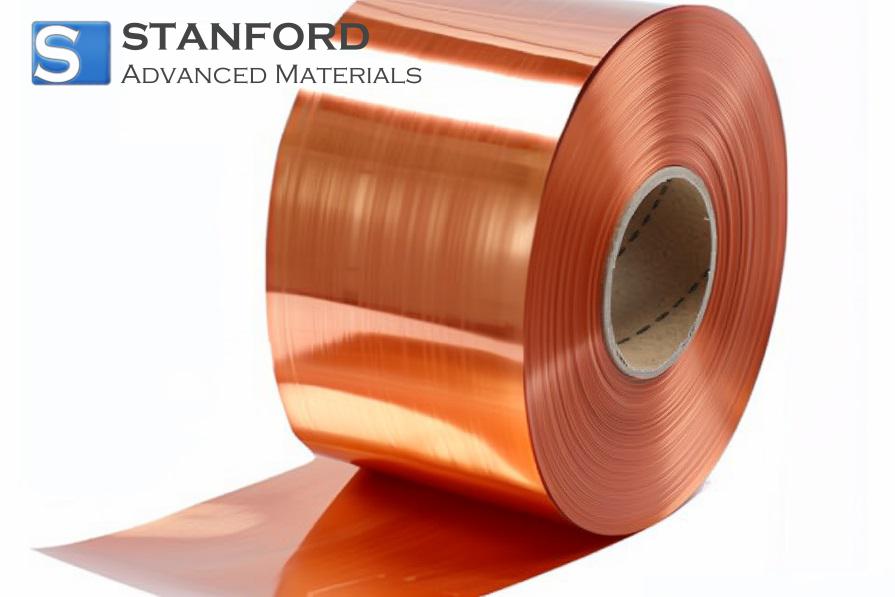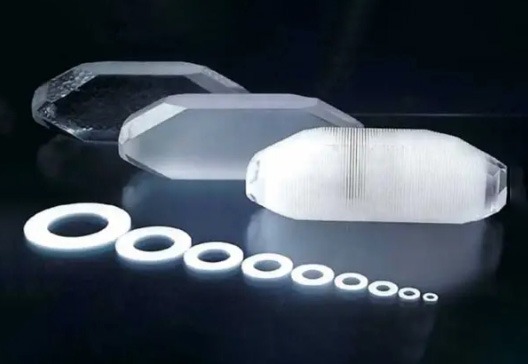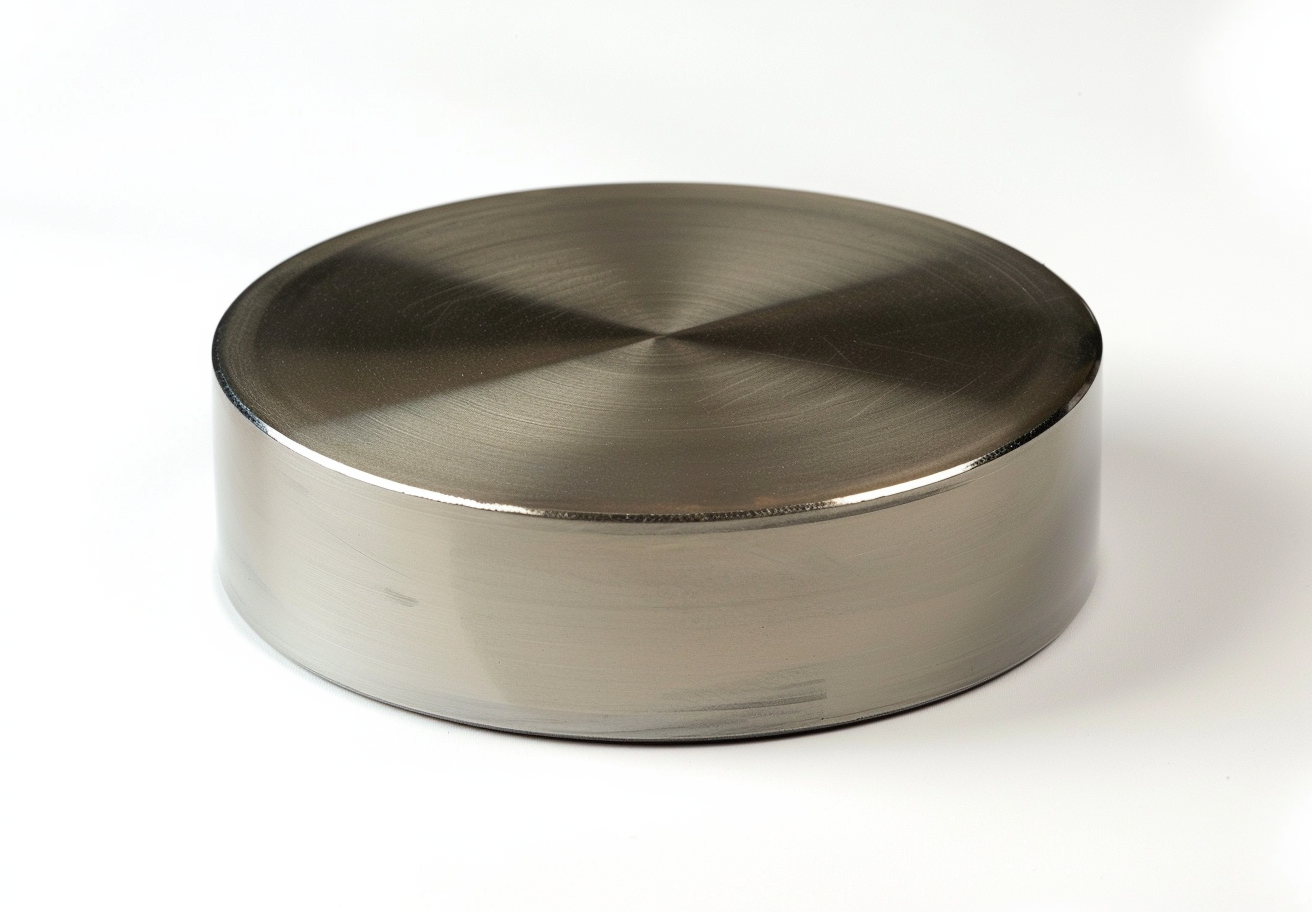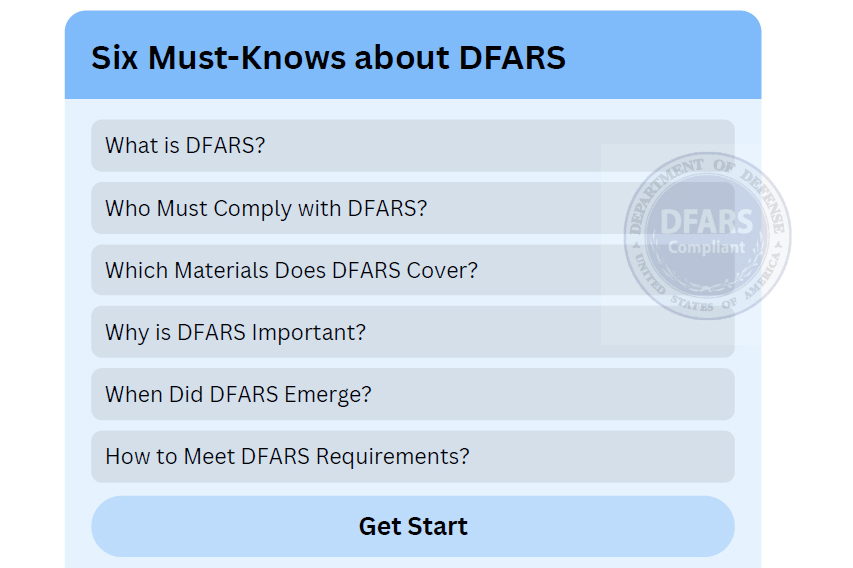Non-Ferrous Metals Industrial Demand
Fe-content is a term that refers to the proportion of iron present. Iron-containing metals exhibit magnetic properties and are susceptible to corrosion. In contrast, non-ferrous metals contain no iron and do not become magnetic. They are more resistant to corrosion when exposed to moisture. The most common non-ferrous metals include copper, aluminium, zinc, lead, cobalt, chromium, nickel, titanium, magnesium and noble metals.
Aluminium is the most abundant metal in the Earth's crust. It is readily recycled and retains most of its properties following recovery. It is strong, ductile and lightweight. These characteristics make it suitable for construction, vehicles, packaging, power lines and cookware. Copper is the best electrical conductor among metals, after silver. It is malleable and ductile. It is used in piping, cookware, roofing, insulation and electrical components.
Tin is the most expensive non-ferrous metal, excluding noble metals. It is highly malleable and ductile. Tinplate is steel coated with tin. It is used in the manufacture of cans, automobiles, springs and glass. Lead, one of the heavy metals, is soft and malleable. It is commonly used in roofing, automotive battery electrodes and as radiation shielding.
Certain noble metals do not contain iron, such as gold and silver. Both are utilised in the manufacture of jewellery. Silver is a transition metal that exhibits the highest electrical and thermal conductivities among metals. It is used in jewellery, mirrors as a reflective component and in cutting tools. Gold is a malleable and ductile metal with high density. It resists degradation by several acids and avoids contamination and discolouration. It is typically used in jewellery and in computers.
Non-ferrous metals are combined to form non-ferrous metal alloys. The most typical types are brass, bronze and solder. Brass is an alloy of copper and zinc, and bronze is an alloy of copper and tin. They are frequently used for water fittings. Solder is an alloy of tin and lead. It is a fusible alloy employed to join metal components. It has a lower melting point than the metallic parts. Non-ferrous metals are used extensively in various applications. Consequently, millions of tonnes of non-ferrous metals are recycled annually. These metals retain almost all of their original properties after recycling. Approximately 40 % of the global demand for copper is met by recycled materials. Nearly 30 % of global zinc production originates from secondary zinc.

 Bars
Bars
 Beads & Spheres
Beads & Spheres
 Bolts & Nuts
Bolts & Nuts
 Crucibles
Crucibles
 Discs
Discs
 Fibers & Fabrics
Fibers & Fabrics
 Films
Films
 Flake
Flake
 Foams
Foams
 Foil
Foil
 Granules
Granules
 Honeycombs
Honeycombs
 Ink
Ink
 Laminate
Laminate
 Lumps
Lumps
 Meshes
Meshes
 Metallised Film
Metallised Film
 Plate
Plate
 Powders
Powders
 Rod
Rod
 Sheets
Sheets
 Single Crystals
Single Crystals
 Sputtering Target
Sputtering Target
 Tubes
Tubes
 Washer
Washer
 Wires
Wires
 Converters & Calculators
Converters & Calculators
 Write for Us
Write for Us

 Chin Trento
Chin Trento



